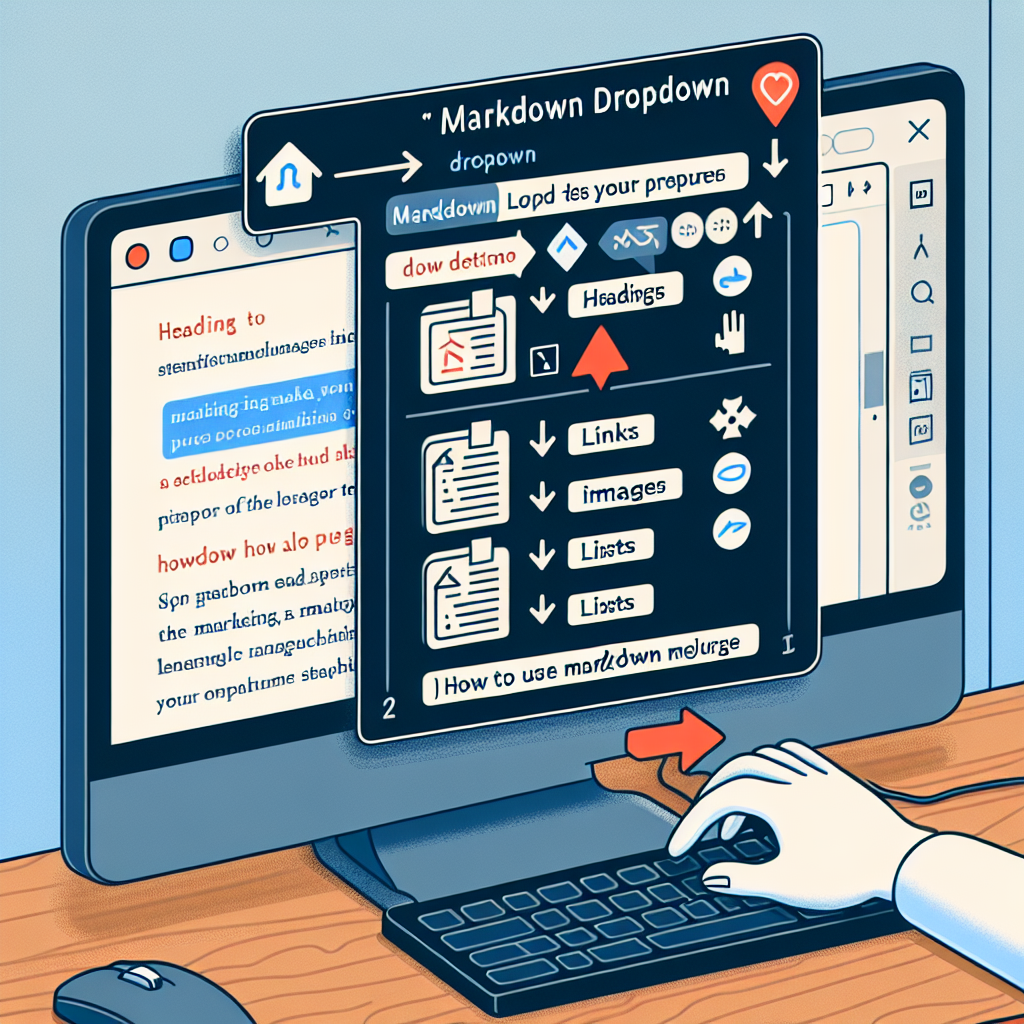Mastering Markdown Drop Down: The Secret Weapon to Enhancing Content Presentation
Mastering Markdown Drop Down enhances content presentation by integrating interactive drop-down menus. Learn how to implement this feature using HTML, CSS, JavaScript plugins, or third-party editors, and follow best practices to optimize user experience and content structure.

"Don't waste another minute formatting Markdown by hand. Try our free tools now and see the difference!"
In the world of digital content creation, how to effectively present information and attract readers is an eternal challenge. Markdown, as a lightweight markup language, is widely popular for its simplicity and ease of use. However, Markdown itself does not directly support drop-down menu functionality. This article will introduce how to achieve drop-down menus in Markdown through extensions and plugins, thereby enhancing your content presentation.
What is Markdown Drop Down?
Markdown Drop Down refers to the functionality of implementing drop-down menus in Markdown documents. This feature allows authors to maintain the simplicity of Markdown while providing more interactivity and dynamic content presentation for readers.
Why Do You Need Markdown Drop Down?
- Enhance User Experience: Drop-down menus can hide a large amount of information, displaying it only when the user needs it, thus reducing visual clutter on the page.
- Increase Interactivity: Readers can explore more content by clicking on drop-down menus, which can increase user engagement.
- Optimize Content Structure: Drop-down menus help authors better organize content, making it more structured and clear.
How to Implement Drop Down in Markdown?
Although standard Markdown does not support drop-down menus, we can achieve this functionality through the following methods:
Method 1: Using HTML and CSS
Markdown allows embedding HTML code, so you can create drop-down menus by writing HTML and CSS. Here is a simple example:
<details>
<summary>Click to expand</summary>
<p>This is hidden content.</p>
</details>
Method 2: Using JavaScript Plugins
You can use JavaScript plugins to enhance the drop-down menu functionality in Markdown. For example, you can use the markdown-it plugin combined with the markdown-it-details plugin to achieve this:
-
Install the
markdown-itandmarkdown-it-detailsplugins:npm install markdown-it markdown-it-details -
In your Markdown processing script, import and use these plugins:
const MarkdownIt = require('markdown-it'); const markdownItDetails = require('markdown-it-details'); const md = new MarkdownIt(); md.use(markdownItDetails); const result = md.render('::: details Click to expand This is hidden content. :::'); console.log(result);
Method 3: Using Third-Party Markdown Editors
Some third-party Markdown editors and platforms already have built-in drop-down menu functionality. For example, GitHub's Markdown renderer supports the <details> and <summary> tags, which can be used directly in the README files of GitHub repositories.
Best Practices
- Keep It Simple: Although drop-down menus can hide a lot of information, the content should still be kept simple to avoid overuse.
- Clear Prompts: Provide clear prompts on the expand button, telling users what content they will see after clicking.
- Test Compatibility: Ensure that your drop-down menus work properly on different devices and browsers.
Conclusion
Markdown Drop Down is a powerful tool that can help you enhance the presentation of your content and user experience. By combining HTML, CSS, JavaScript plugins, or third-party editors, you can easily implement drop-down menu functionality in your Markdown documents. Start trying it now to make your content more dynamic and engaging!



Comments ()